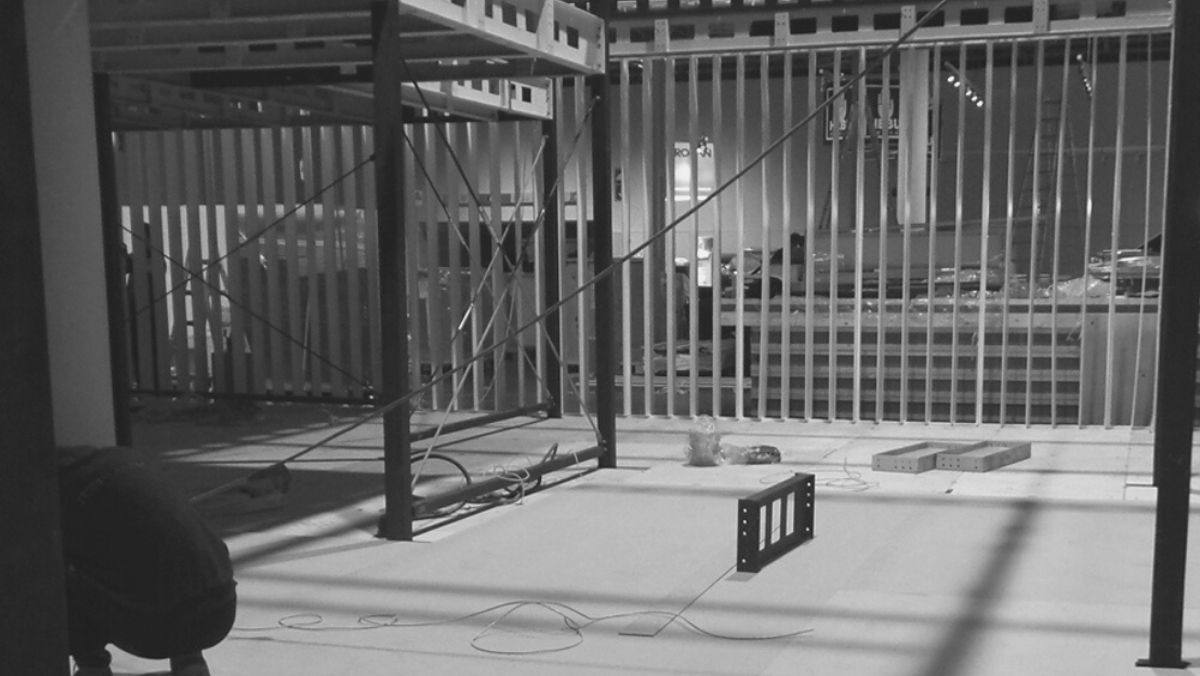
April 2015 saw a brand new set of Construction (Design and Management) Regulations come into force, replacing CDM 2007. By far the most influential change, as stated by The Health and Safety Executive (HSE), was that many activities involved in the design and build of exhibition stands, such as the installation/rigging of production equipment, would now be labelled a ‘construction’ activity, and therefore will be furthermore governed by CDM regulations.
One year on and with the transitional period now over, we discuss the initial worries, review the benefits and consider what the future may hold for the regulations in the events and exhibitions industry.
Why were the 2015 regulations implemented?
Whilst the CDM 2015 caught many by surprise, its emergence and replacement of the CDM 2007 came against a backdrop of health and safety legislation review. The EU Temporary and Mobile Construction Sites Directive did not permit exceptions for the erection and dismantling of temporary structures for live events. HSE had been advised that, legally, they had no other option – it wasn’t possible to continue exempting temporary events from the regulations. The industry knew the rationale; the planning, design and delivery of shows needed to be better legislated for.
What were the initial concerns?
In March 2014, the government launched a consultation on its proposed changes to the 2007 regulations, including abolishing the role of CDM Co-ordinator and replacing it with a new ‘Principal Designer’ position. The government’s view was that the Principal Designer would be a central figure; appointed early and with control over the design process. They would have the ability to implement health and safety safeguards and effect change, whereas the CDM Co-ordinator tended to be appointed late and had been restricted to the periphery, on the fringes of a construction project’s design team.
The CDM 2015 would also be ‘simplified’; the capacity of clients, contractors and consultants to comply with the regulations would not be measured by reference to specific assessments but, instead, the onus would be placed on each organisation to ensure that it has the skills, knowledge, experience and organisational capability to fulfil its obligations.
Another initial worry for the industry was the planning of the construction phase in CDM 2015. Regulations define it as “the period of time beginning when construction work in a project starts and ending when construction work in that project is completed”. For a building, that work might mean several years but in the exhibitions and events industry – our construction phase is entirely different. We build, we open and we deconstruct rapidly and then we move on to the next project; it is the lifecycle of construction in its most simple form. In practice, this has lead to some flexibility in HSE viewing how we comply.
CDM 2015 now
HSE is continuing to work towards improving industry awareness, primarily ensuring the safety of the individuals at work and the public who are attending the event are maintained and provided for. CDM law is written under criminal law rather than civil law, meaning that individuals, (including company directors and officers) can be held individually criminally liable in the eventuality of a claim being brought. It is now more important than ever before to choose a contractor who is fluent in CDM regulations, and if multiple contractors are used then Principle Contractors and Designers are appointed as a result.
Being able to demonstrate defining roles and responsibilities has helped some clients understand their importance of safety in the overall event alongside surprising others who had felt they were not at all responsible. CDM remains an important piece of legislation, if we are thoughtful and use a practical, simple approach then we can ensure that the financial impact is minimal. Indeed, if we adopt it in a positive way it can be used as an opportunity to improve and develop the industry.